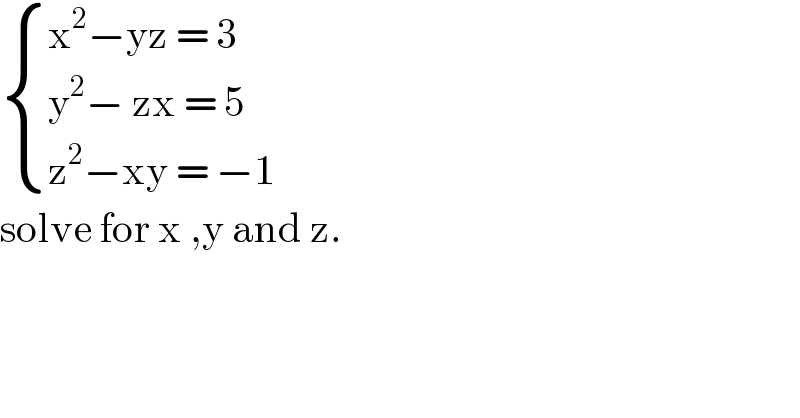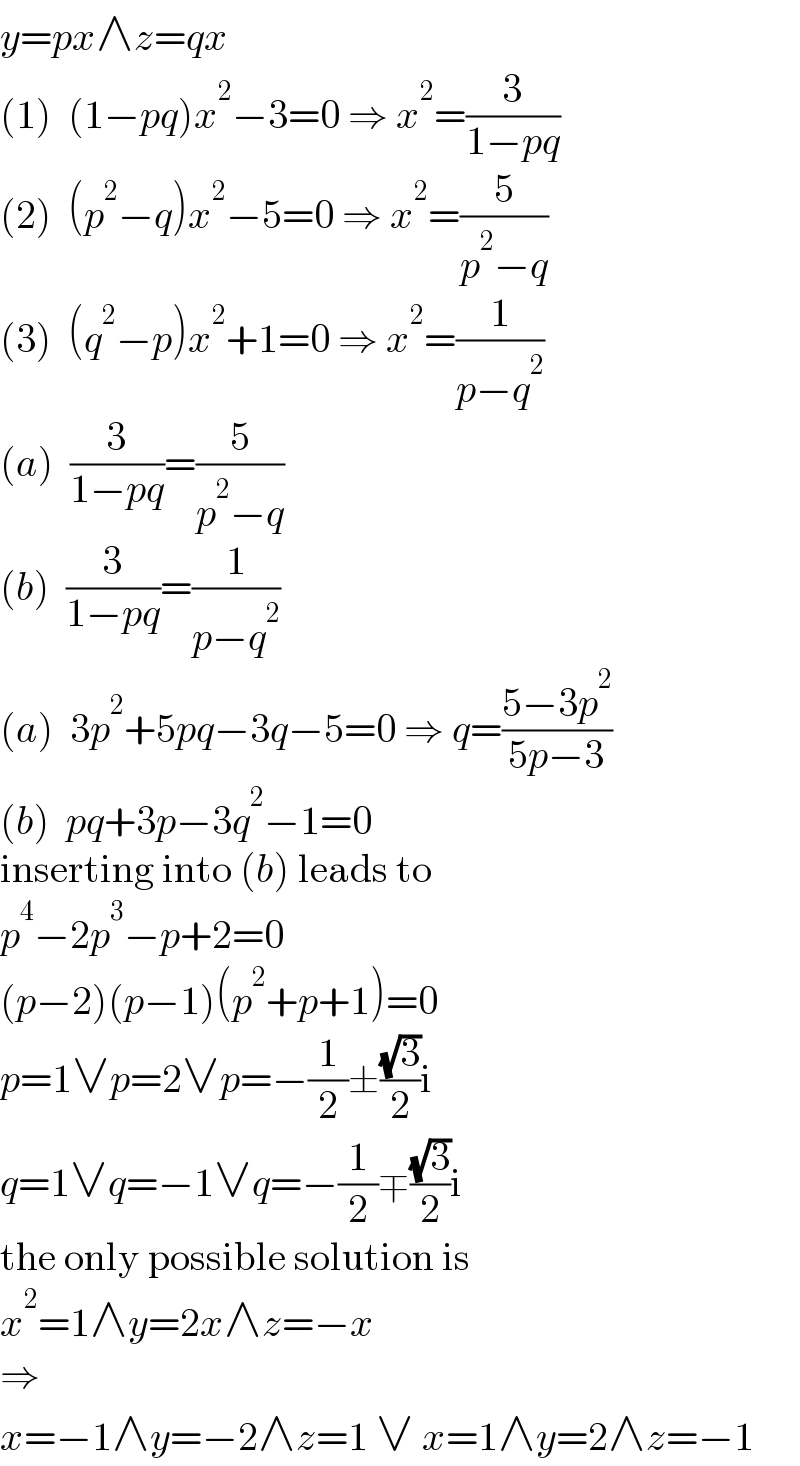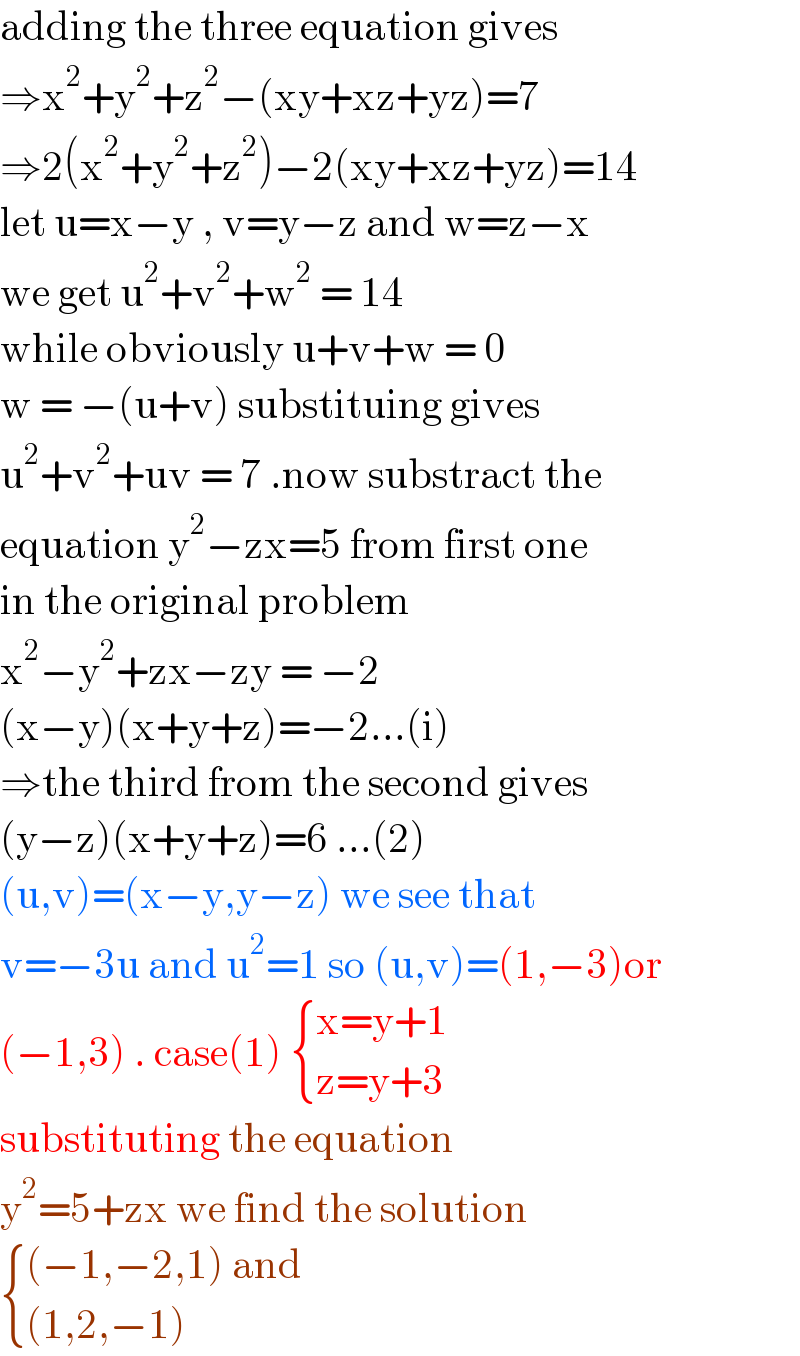
Question and Answers Forum
Question Number 135191 by liberty last updated on 11/Mar/21

Answered by MJS_new last updated on 11/Mar/21

Answered by benjo_mathlover last updated on 11/Mar/21

| ||
Question and Answers Forum | ||
Question Number 135191 by liberty last updated on 11/Mar/21 | ||
 | ||
Answered by MJS_new last updated on 11/Mar/21 | ||
 | ||
| ||
Answered by benjo_mathlover last updated on 11/Mar/21 | ||
 | ||
| ||